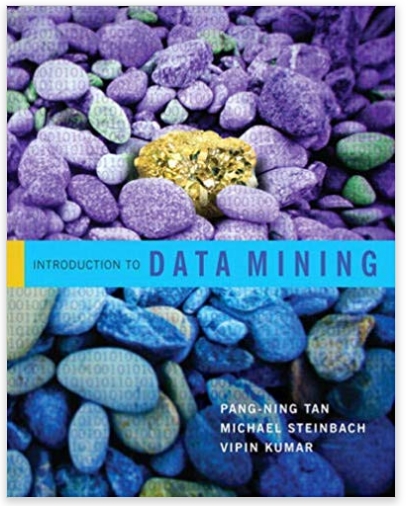Here, we further explore the cosine and correlation measures. (a) What is the range of values that
Question:
(a) What is the range of values that are possible for the cosine measure?
(b) If two objects have a cosine measure of 1, are they identical? Explain.
(c) What is the relationship of the cosine measure to correlation, if any?
(d) Figure 2.1(a) shows the relationship of the cosine measure to Euclidean distance for 100,000 randomly generated points that have been normalized to have an L2 length of 1. What general observation can you make about the relationship between Euclidean distance and cosine similarity when vectors have an L2 norm of 1?
(e) Figure 2.1(b) shows the relationship of correlation to Euclidean distance for 100,000 randomly generated points that have been standardized to have a mean of 0 and a standard deviation of 1. What general observation can you make about the relationship between Euclidean distance and correlation when the vectors have been standardized to have a mean of 0 and a standard deviation of 1?
(f) Derive the mathematical relationship between cosine similarity and Euclidean distance when each data object has an L2 length of 1.
(g) Derive the mathematical relationship between correlation and Euclidean distance when each data point has been been standardized by subtracting its mean and dividing by its standard deviation.
Fantastic news! We've Found the answer you've been seeking!
Step by Step Answer:
Related Book For 

Introduction to Data Mining
ISBN: 978-0321321367
1st edition
Authors: Pang Ning Tan, Michael Steinbach, Vipin Kumar
Question Posted:





